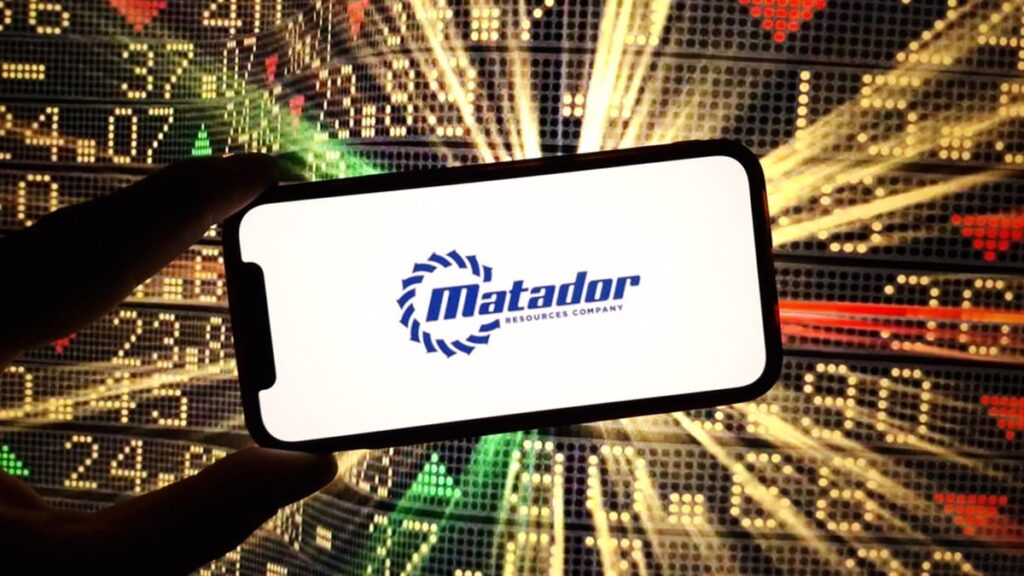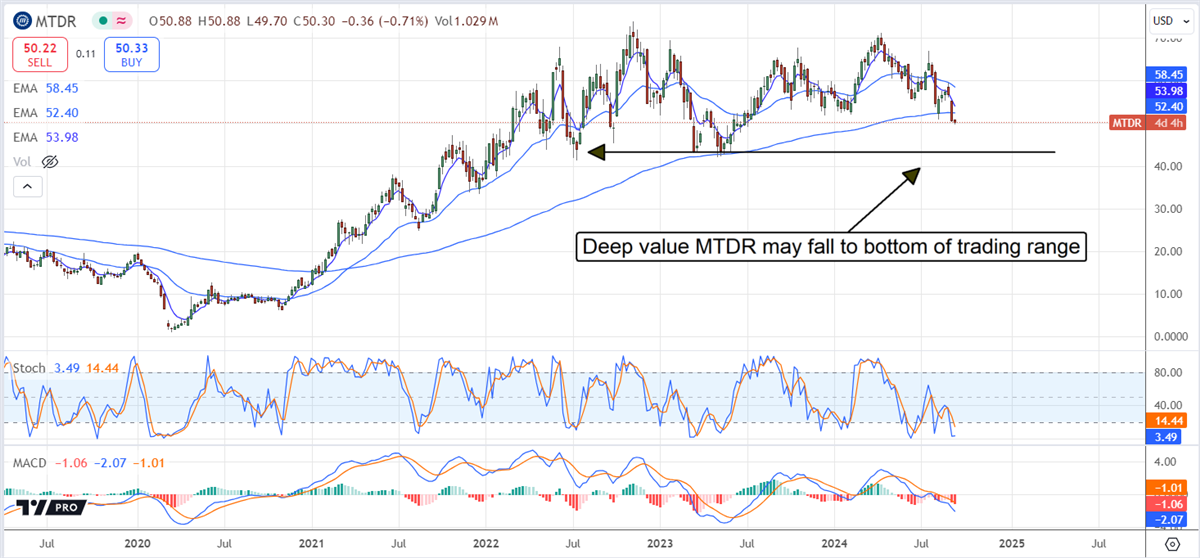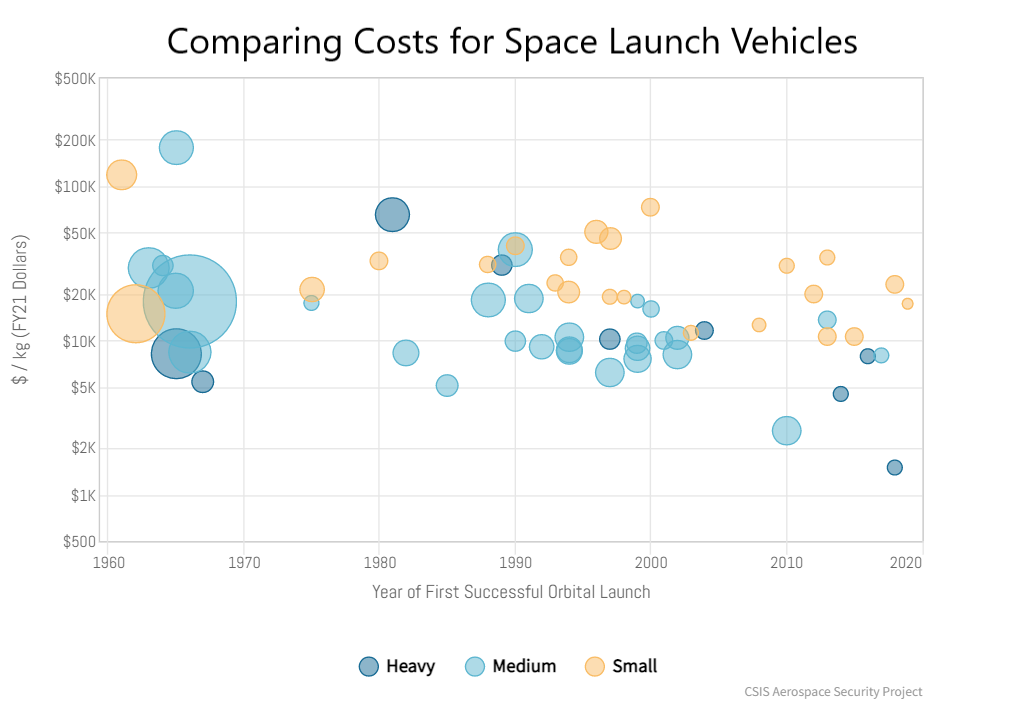Key Points
- Matador Resources is a diversified mid-cap energy play that is growing and paying dividends.
- Analysts are leading to the high-end range, expecting at least a 50% upside at consensus.
- Insiders are buying the stock, and institutional support is robust.
Matador Resources (NYSE: MTDR) is an attractive mid-cap player in energy and growth because of its management, growth, operational quality, and capital return. That’s probably why its insiders have diligently bought its stock. Data published at Insidertrades.com shows that insiders have only bought this stock for several years and are slowly building solid positions. The latest purchases occurred in the first week of September. Together, they own a little more than 6%, with purchases spread among several top execs, including the CEO, EVP, CAO, COO, and directors.
Matador Resources operates smaller energy assets in several key U.S. regions, including the Delaware Basin, Eagle Ford Shale, and Cotton Valley in New Mexico, Texas, and Louisiana. It is a diversified company with up- and mid-stream oil and natural gas operations. The business returned to growth in fiscal 2023 and is sustaining an accelerated pace near 35% in 2024. The Q2 results include top-and-bottom-line strength compared to the consensus estimate, 32% top-line growth, a nearly 20% FCF margin, and earnings growth. The cash flow is sufficient to sustain the company’s growth plans while maintaining a healthy balance sheet and paying dividends.
Matador Pulls Back: Bulls Are Ready to Buy the Dip
The price action in Matador Resources pulled back following the Q2 release, opening up a buy-the-dip opportunity. The pullback has the stock trading at only 6x its earnings outlook while the company is growing at a double-digit pace and paying dividends, with dividend distributions expected to grow over time. The 2024 payout is only 10% of the earnings forecast, leaving ample room to increase payments as it has done for the last few years. The increases will likely continue at a solid double-digit pace, but investors should expect it to slow down from the 30% CAGR it is currently running.
Warning For Nvidia Holders
From Stansberry Research | Ad
How The Boeing Disasters Could Hit Nvidia Investors
You may have heard about Boeing planes falling apart midflight and catching fire. But, according to analyst Dan Ferris, there’s something much darker going on here that could threaten Nvidia, the Magnificent 7, and the entire U.S. stock market.
Click here for the full story.
Analyst activity indicates a deep value in Matador Resources. The Q2 results catalyzed numerous revisions, showing a deepening conviction that this stock will advance 50% or more over the next 12 months. Conviction is deepening because five of the six revisions tracked by Insidertrades.com are increased or reiterated and include a new high target, putting upward pressure on the consensus of $80. With 13 analysts covering it, that is a significant tailwind for a mid-cap stock, and even the lowest target of $62 suggests a 25% upside is the minimum.
The balance sheet factors into the dividend outlook and analysts’ interest. Highlights from Q2 include a cash reduction offset by increased property and reserve assets related to acquisitions. The company increased assets by 10% while maintaining debt and liability levels, resulting in a 17% increase in equity. Other highlights include low leverage ratios with long-term liability running at less than 0.6x equity and 0.35x assets, levels that leave it in a position to continue with its acquisitions.
Matador’s latest acquisition is Ameredev. Ameredev is an Austin-based independent oil operator with up- and mid-stream assets complementary to Matador’s. The all-cash deal is expected to close by the quarter’s end and immediately accretive to results.
Institutions Support the Uptrend in Matador
Institutional activity is also robust in Matador stock. The institutions own more than 90% of the stock and are providing a tailwind in 2024 with the balance of activity buying. The largest holders include Vanguard, BlackRock, and State Street, so ETFs and funds are well-represented, but many smaller private managers and numerous retirement funds are also holders. With share prices trading at eighteen-month lows near the bottom of a trading range, their activity may pick up.
Today’s risk is that this market is still decreasing despite the analysts, institutional, and inside support. Price action may fall to the $44 level before finding solid support again. This will provide more profound value and an attractive entry with less downside risk.





